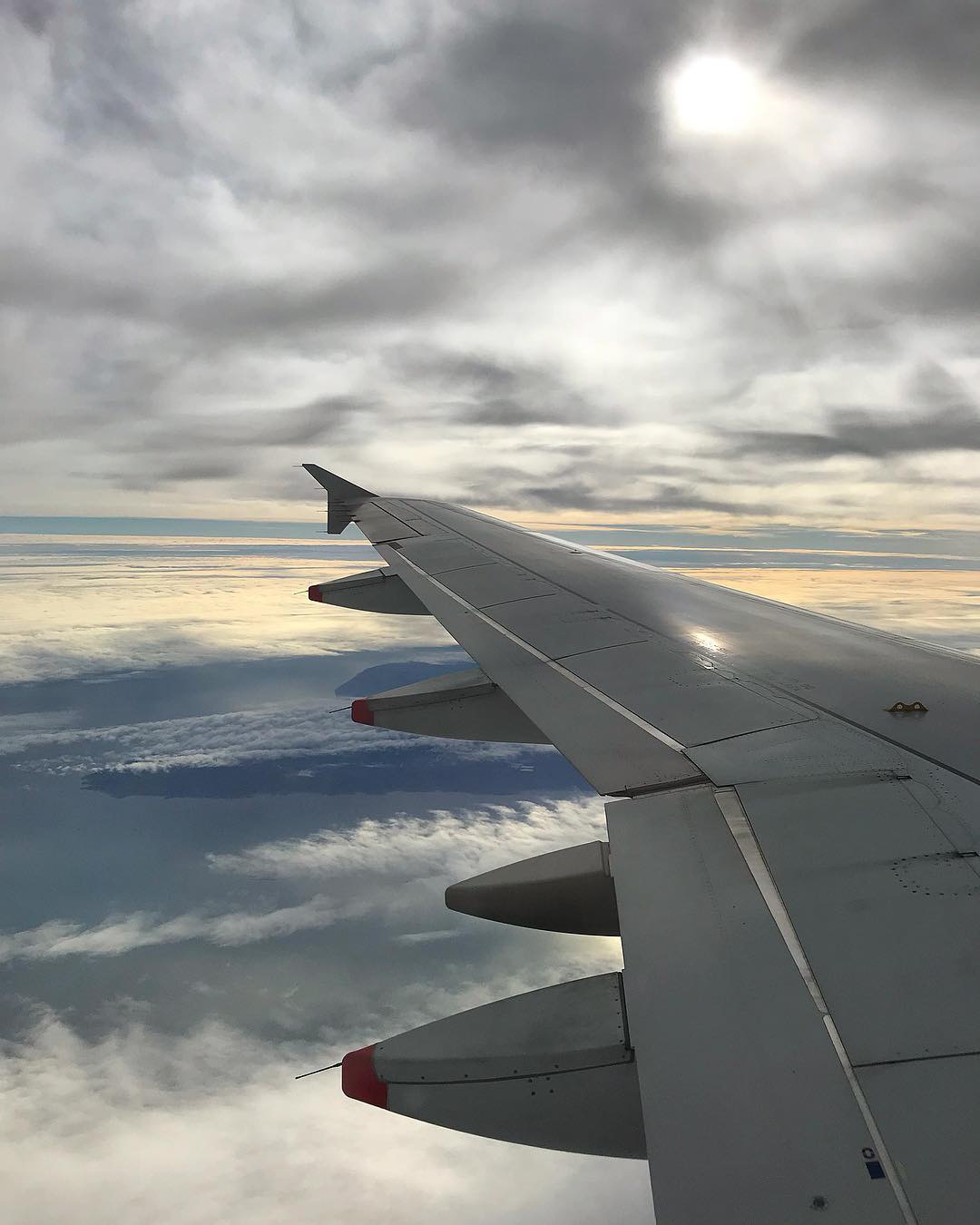I. The main functions of the wing
The core function of the wing is to generate lift to overcome the plane's gravity so that it can soar in the sky. In addition, the wings of modern aircraft also integrate many other key functions:
1. Generate lift: This is the most basic function. Through the special shape and angle of attack of the wing shape, the airflow flowing through the upper and lower surfaces of the wing produces a pressure difference, resulting in an upward force.
2. Storage of fuel: The inside of the wing is usually the main place to store fuel. In this way, the internal space of the wing can be used without occupying the valuable passenger/cargage space of the fuselage. At the same time, the fuel weight can help reduce the bending moment of the wing root.
3. Install the engine and landing gear: The engines of most airliners are hung under the wings. The partial or main landing gear is also usually retracted in the wing or in the engine compartment.
4. Install the flight control surface: the rear edge of the wing is equipped with flaps and aierons, and the front edge may be equipped with seam wings. These control surfaces are used to control the rolling, lifting and resistance reduction of the aircraft during take-off, landing and flight.
---
II. Key geometric parameters of the wing
To understand the wings, you first need to understand a few key terms:
· Wingspan: the length of the wing from the left wing tip to the right wing tip.
· String length: the straight line distance from the front edge of the wing to the rear edge.
· String ratio: the ratio of wingspan to average string length (AR = b² / S, where b is wingspan and S is wing area). High chord ratios (such as gliders and long-range airliners) have small induction resistance, which is conducive to long-distance flights, but poor mobility; low chord ratios (such as fighters) have good mobility, but high-speed resistance is large.
· Backward angle: the angle at which the wing tilts backwards. It is mainly used to delay the generation of shock waves and increase the critical Mach number of the aircraft so that it can fly closer to or exceed the speed of sound more efficiently.
· Wing shape: the cross-sectional shape of the wing. Different wing types have different lift and resistance characteristics.
---
III. How do the wings generate lift?
The generation of lift is usually explained by Bernoulli's theorem and Newton's third law.
1. Bernoulli's theorem: The unique shape of the wing (the upper surface is more curved and the lower surface is relatively flat) makes the air flow longer and faster through the upper surface, resulting in a reduction in pressure. The air flow rate on the lower surface is slow and the pressure is high. This pressure difference produces an upward lift.
2. Newton's third law: The wing hits the air through a certain angle of attack (the angle between the wing string line and the direction of the airflow), deflecting the air downwards (washing the airflow). According to the principle of force and reaction force, the air generates an upward reaction force on the wing, that is, the lift force.
Important tip: These two principles complement each other and jointly explain the generation of lift. It is incomplete to use only one of them (such as "equitime theory").
---
IV. The key control surface on the wing
A variety of movable panels are installed on the wing to control the aircraft:
· Acroil: located on the outer side of the rear edge of the wing. The differential deflection of the left and right ailers (one up and one down), causing the plane to roll.
· Flaps: Located on the inner side of the rear edge of the wing. Deflect downwards during take-off and landing to increase the wing curvature and area, thus generating greater lift at low speeds and shortening the take-off and landing distance.
· Front edge seamed wing: located on the front edge of the wing. After extending, a gap can be formed at the front of the wing to guide the high-pressure airflow from the lower surface to the upper surface, blow away the boundary layer, and delay the separation of the airflow, thus increasing the maximum lift coefficient and preventing stalling.
· Spoiler: Located on the surface of the wing. When lifted, it can destroy the airflow, reduce lift and increase resistance. In the air, it can be used for auxiliary rolling control; on the ground, it can be used as a detimation device, so that the weight of the aircraft is more effectively pressed on the tires and the braking efficiency is improved.

